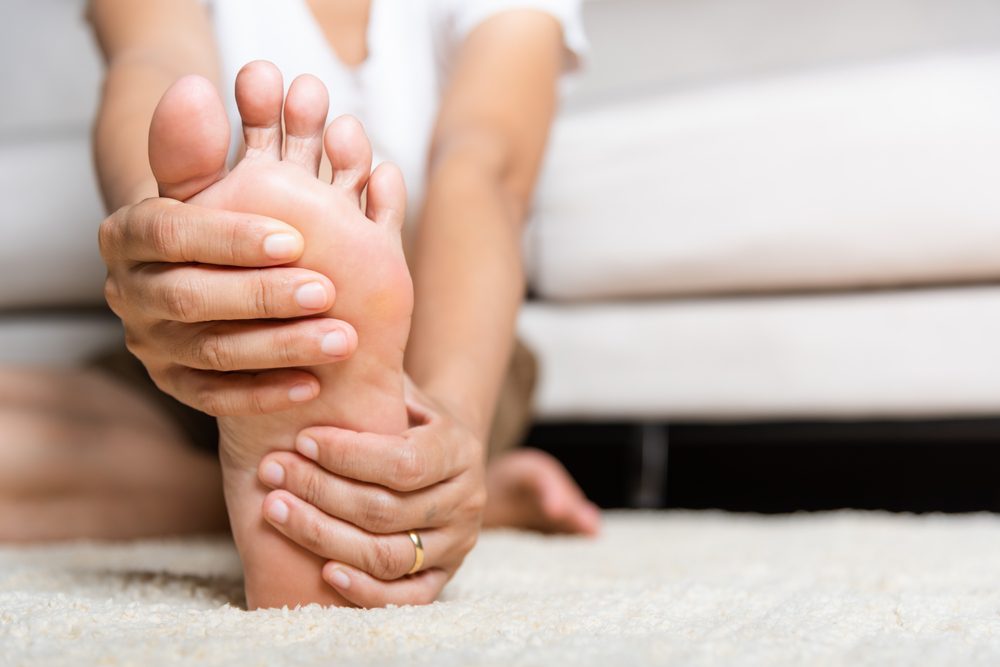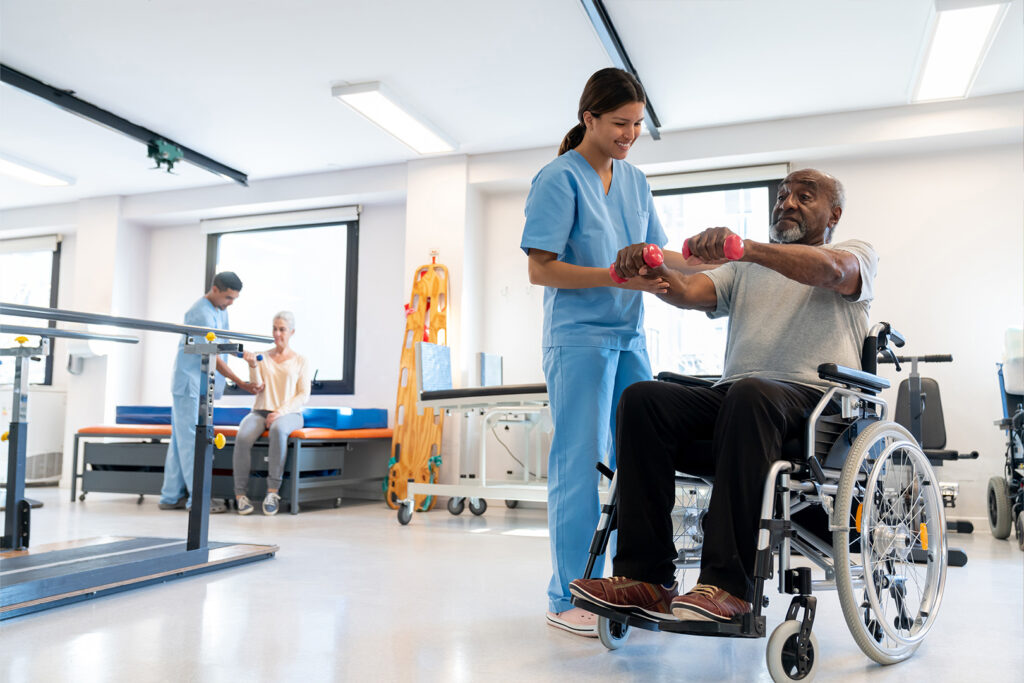During pregnancy, feeling your baby move is one of the most noticeable and personal experiences you will have. These movements begin as faint flutters and progress into stronger kicks and stretches as the baby grows. While each pregnancy is different, understanding what these movements mean and how they change over time helps parents track healthy development and recognize when to contact a provider. Movement patterns vary, but consistency is an indicator of fetal well-being.
Most people first notice fetal movement between 18 and 25 weeks. Those who have had a previous pregnancy might recognize these sensations earlier. The early signs may feel like bubbles or light tapping, but over time, these evolve into more defined shifts, kicks, or stretches. As the baby becomes larger, movements often follow a pattern. This pattern provides helpful insight into the baby’s activity level and may shift with growth and position changes.
Recognizing Patterns and Responding to Changes
By the third trimester, many providers recommend tracking your baby’s daily activity. While there is no single standard for the number of movements, you will begin to notice what feels typical for your baby. Keeping track of movements at the same time each day—often after a meal or before bedtime—can help identify changes more clearly. Movement may slow during certain times of day when the baby is resting, but a noticeable decrease in overall activity should be reported.
Movement patterns also respond to environmental factors. Some babies become more active after eating or during times of rest, such as when you lie down. Changes in your position or a brief period of stillness may stimulate movement. These responses help confirm the baby’s awareness of external changes, which offers additional insight into development.
Noticing a significant change in movement during pregnancy warrants attention. While babies have sleep cycles and quiet periods, a prolonged absence of movement or a decrease in the baby’s usual pattern may signal the need for evaluation. Contacting your provider allows them to perform an assessment, which may include checking the baby’s heart rate, position, and activity using ultrasound or other monitoring tools.
Understanding the Role of Movement in Development
Fetal movement supports muscle and bone growth and reflects the development of the baby’s brain and nervous system. Kicking, stretching, and rolling are signs of healthy coordination and strength. Movements also support the development of joints and limbs in preparation for birth. Although the type and intensity of motion may shift depending on the baby’s position or how far along the pregnancy is, some level of activity should be felt throughout the third trimester.
Position can affect how movements are perceived. For example, if the placenta is located at the front of the uterus, some kicks may feel more muffled. Similarly, if the baby is facing your back, certain movements may be harder to detect. Knowing your baby’s unique pattern helps adjust for these differences and supports better communication with your provider.
Staying Connected Throughout the Pregnancy
Feeling your baby move creates a bond and reinforces the progress of the pregnancy. Over time, many parents begin to recognize specific types of movement associated with rest, activity, or response to outside stimuli like sound. Sharing these observations with a provider contributes to a more complete picture of development and provides peace of mind as the pregnancy progresses.
If you ever feel uncertain about your baby’s movements or notice a change in activity, reaching out to your provider offers helpful guidance. They can recommend steps to take and assess whether further monitoring is necessary. Regular conversations help address concerns and support a healthy experience for both parent and baby.





Leave a Reply